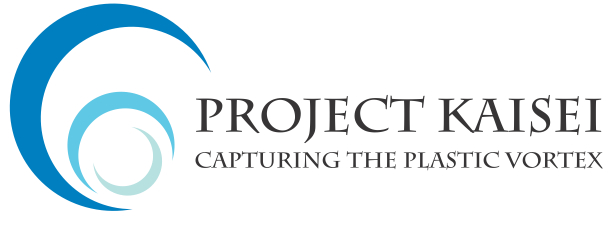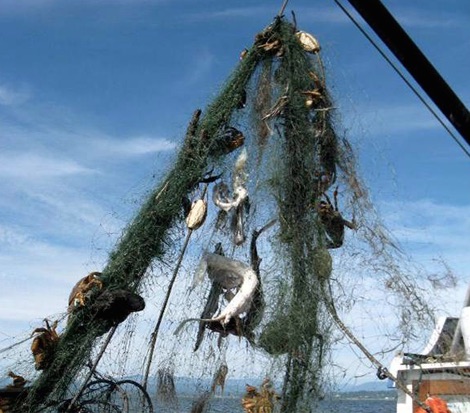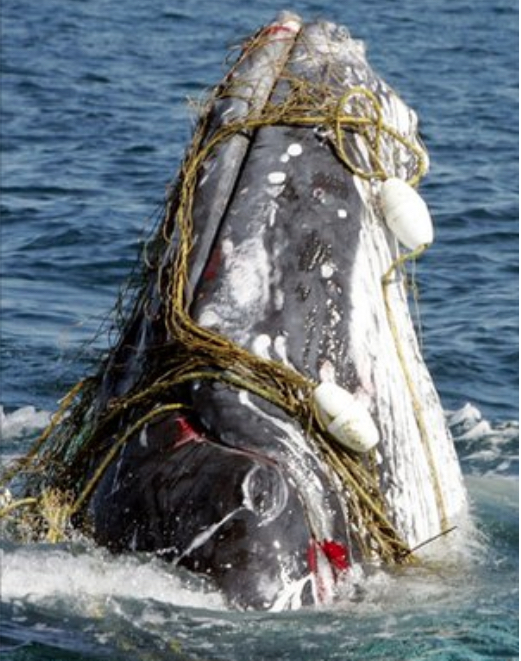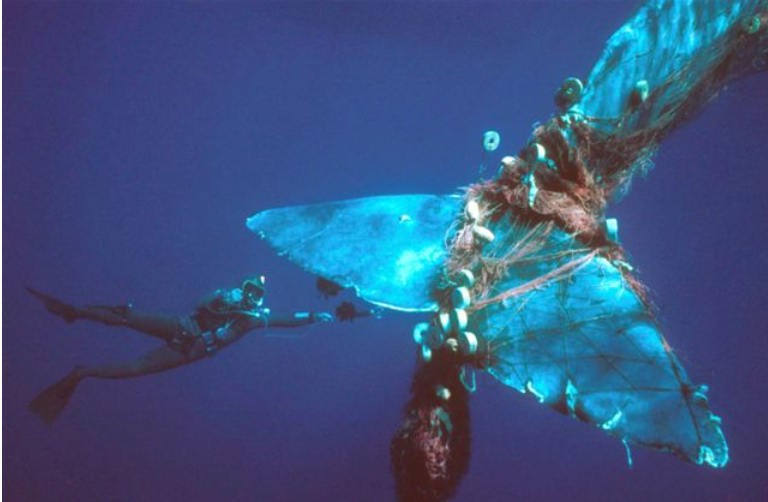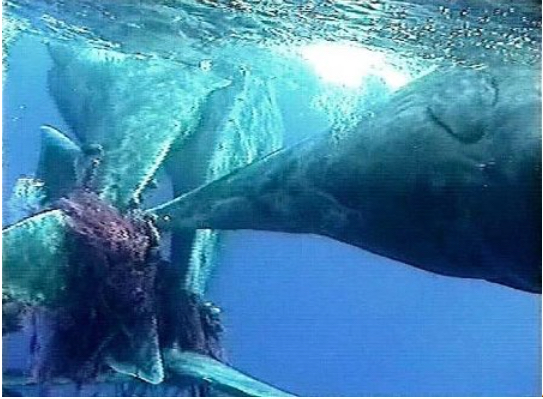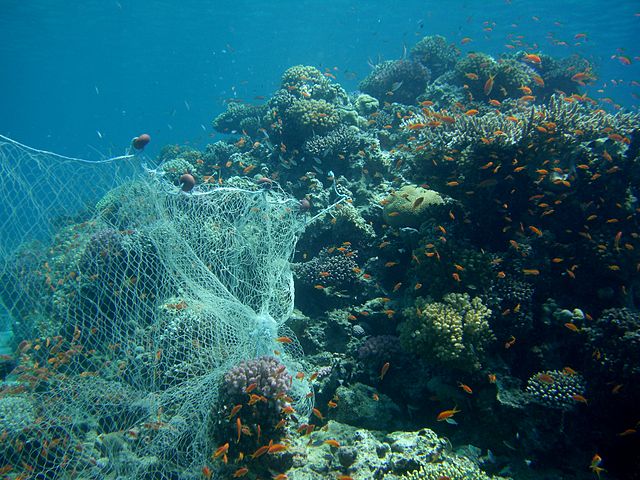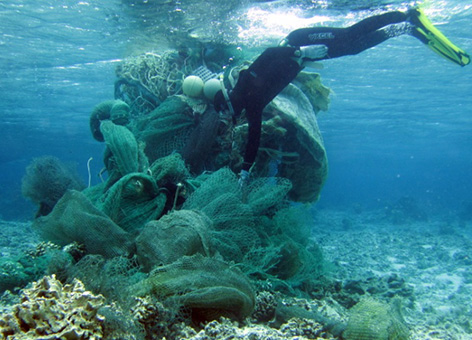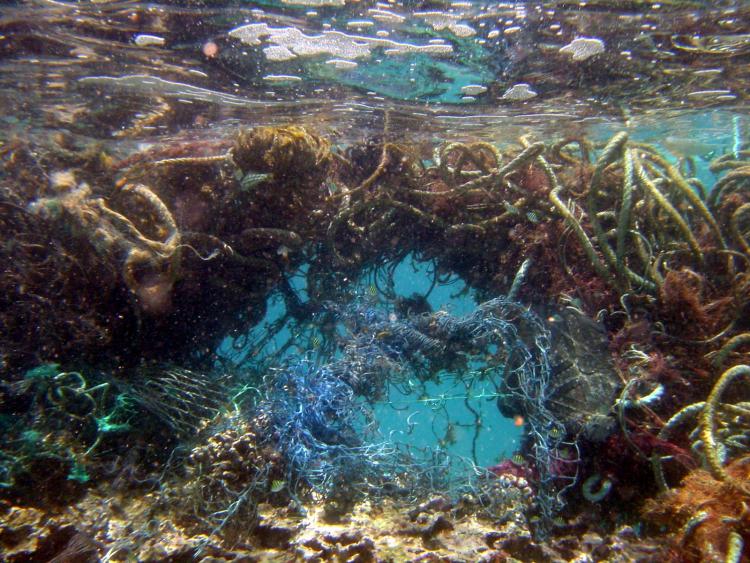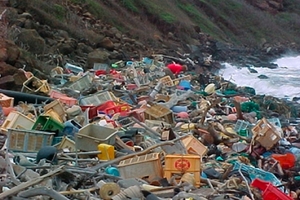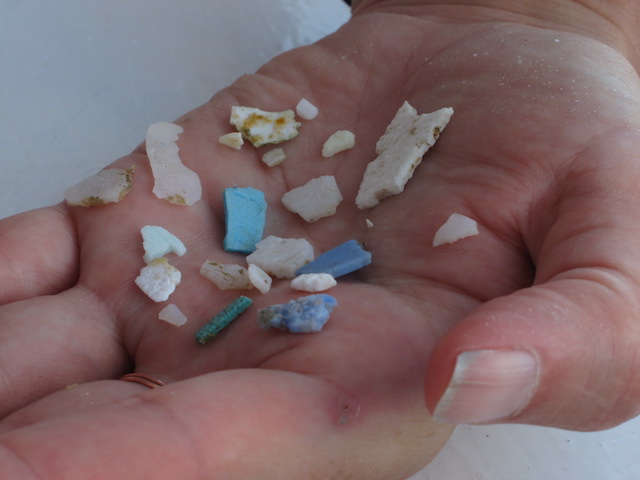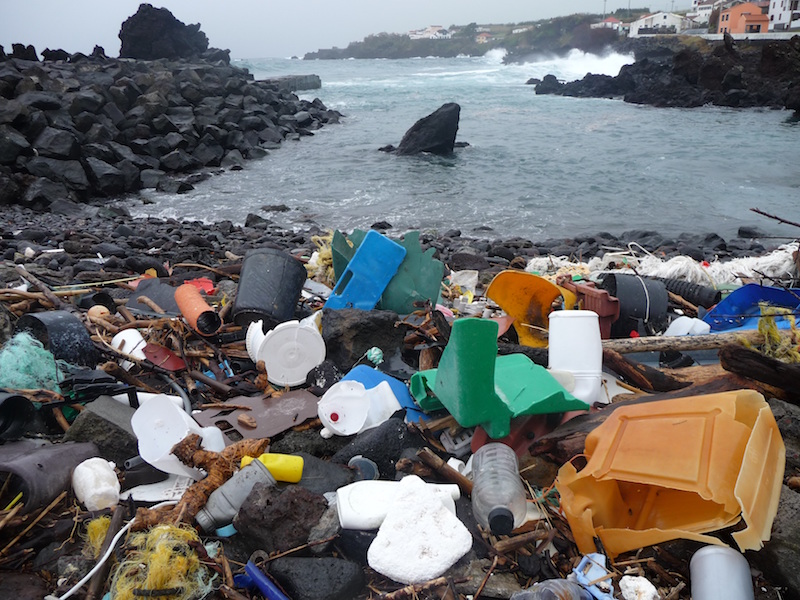Our oceans are filled with debris which is entrapping wildlife, entering our food chain, and smothering our reefs.
The United Nations conservatively estimate that some 640,000 tonnes of fishing gear are left in our oceans each year. Acting as designed, the nets capture marine animals, restrict movement, cause starvation, lacerations and infection, and suffocation in those that need to return to the surface to breathe.
The direct impacts of marine debris are not limited to sea life. Ghost nets are also suffocating our ocean reefs. Plants, other immobile living organisms, and sensitive ecosystems are all being harmed by marine debris. Coral reefs are damaged by derelict fishing gear that breaks or suffocates coral. The ocean floor ecosystems are altered just by the movement of marine debris. Our mission is to remove the debris before it harms wildlife or sinks and smothers our reefs.
In addition to the fishing gear adrift at sea, there are also large amounts of plastic debris such as crates, bleach bottles, and heavy duty packing strips also afloat and breaking down (photo-degrading) into smaller and smaller pieces ... which we now know enter the food chain of our wildlife .... and us. Removing the large plastic marine debris before it has a chance to break down is also a part of our plan.
While we applaud current coastal clean up efforts, we need to increase the scale of coastal clean up and add large scale at-sea clean up.
